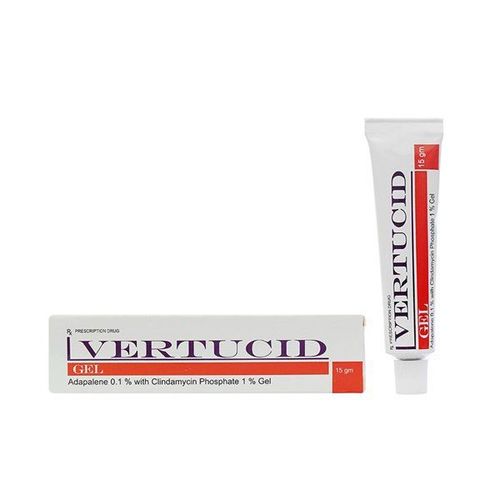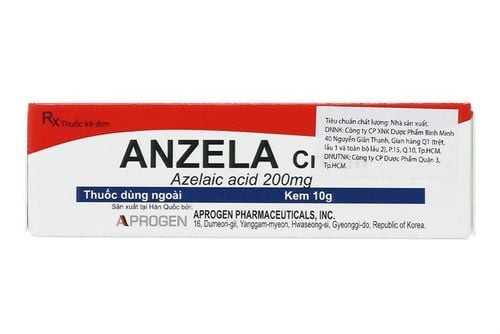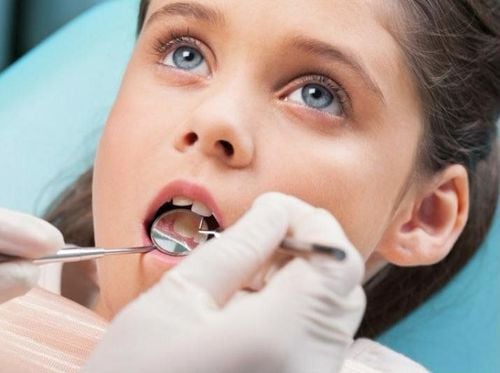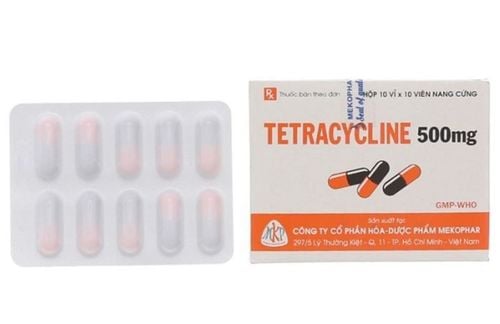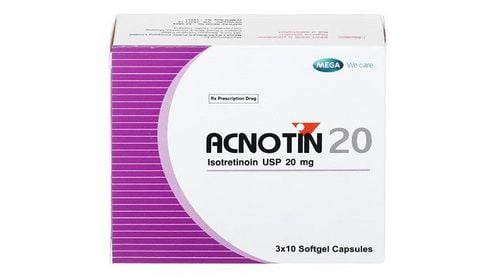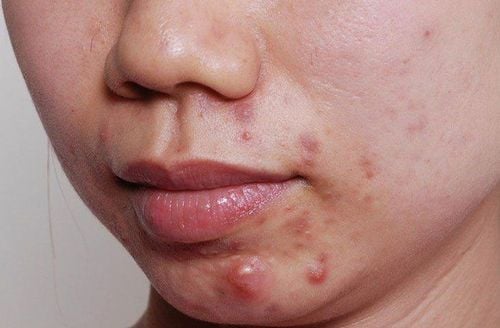This is an automatically translated article.
To remove acne on the face, many people choose the method of squeezing acne. However, dermatologists do not recommend squeezing pimples, especially pustules. The reason is that improperly squeezing acne can increase the risk of infection and leave scars that are unsightly, difficult to treat and recover.
1. Learn about the types of acne on the skin
Most types of acne form on the skin under the influence of causes such as hormones, allergic reactions, bacteria and excess oil on the skin. As a result, pores become clogged with excess oil, pus, or sebum, causing the skin to swell and become inflamed. Here are the 3 most common types of acne:
Blackheads : Formed when oil and dead cells clog a pore. When exposed to air, oil and dead cells in the pores turn black and form blackheads. Whiteheads: This is a similar condition to blackheads, the head of which is white or light yellow, hard and clogs the pore; Pustules: These are deep pimples that are harder to pop. They are usually red and inflamed. Pustules can be caused by hormones, allergies, bacteria, or another skin condition. SEE ALSO: Why should you not squeeze acne?
2. Is it good to squeeze acne?
Is it good to squeeze a lot of acne? As a rule, you shouldn't pop a pimple yourself. This is because:
If you try to pop a pimple, it can disrupt the skin barrier and put you at risk of permanent acne scarring; If the pustule is severe, squeezing the pimple can spread bacteria into the pores and hair follicles, creating a larger pimple; Long-term squeezing acne can delay the body's self-healing process, making you have acne longer; If you're trying to pop a pimple and it doesn't work, you can push the cysts deeper beneath the skin. This can clog pores, make acne worse, or cause inflammation under the skin. Although, the general rule is not to pop pimples, but with non-inflammatory acne, you can pop pimples yourself at home. Non-inflammatory acne includes various types of acne, which form when excess oil and dead skin cells become blocked in the hair follicles. Examples are blackheads and whiteheads. These types of acne are located close to the surface of the skin, so there is usually no need for much intervention to remove the acne.
In the remaining case, with inflammatory acne, you should not pop the acne yourself. This type of acne is located deeper in the skin, and is more likely to leave a scar and become infected if you try to pop it. Types of inflammatory acne include: milia (red, purple, or brown bumps), pustules (white or yellow pus-filled blisters in the center, purple or brown around the nodule), nodules (swollen, painful, lumpy bumps) subcutaneous hardening) and cysts (painful swellings that tend to be red, brown or purple, soft to the touch). When you experience this type of acne, you should see a dermatologist. Your doctor can remove acne with specialized tools that are sterile. They can also inject cortisone to shrink the acne, reducing pain for the patient.
SEE ALSO: What should I do when I have acne?
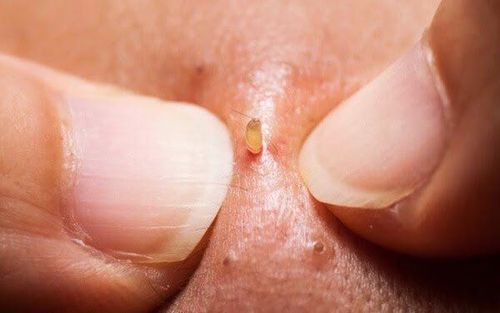
Người bệnh không nên tự ý nặn mụn lâu năm bằng tay
3. How to squeeze acne safely
To be on the safe side, you should only pop non-inflammatory acne like blackheads and whiteheads. 2 important rules for safe squeezing acne is to make sure to do it gently and cleanly. Specifically:
3.1 How to squeeze a whitehead If a pimple has emerged, you need to follow these steps to squeeze a pimple safely:
Wash your hands thoroughly with soap and water for 30 seconds, dry with a clean towel; Wash your face with a regular facial cleanser; Use exfoliating products with alpha hydroxy acids or beta hydroxy acids; Use cotton to apply alcohol on the acne-affected skin; Place a clean, warm washcloth on the pimple for up to 5 minutes to soften the skin, allowing it to be removed more easily; Sterilize a fine needle with alcohol; Insert the needle gently into the center of the whitehead. In some cases, the pimple will be removed when the needle is removed; If the pimple does not come out, wrap a tissue or cotton swab around the fingertips; Gently press the fingertips down into the skin and inwards to apply pressure on the acne, bringing the acne out; If you press the acne gently but the acne does not emerge, you should stop because the acne may not be "ripe" to squeeze. When squeezing whiteheads, be careful not to use your fingernails because this can cause skin abrasions, create wounds on the skin and spread bacteria.
3.2 How to squeeze blackheads Blackheads are different from whiteheads, so popping them also requires a different process. Specifically:
Wash your face and hands in the same way, using an exfoliator with alpha hydroxy or beta hydroxy acids; Apply a clean and warm towel to the blackhead area for 5 minutes; Use your fingers to gently press inward and downward toward the blackhead; Avoid squeezing too close to the blackhead as this can make it harder for the pimple to emerge. Instead, start pressing from afar, moving your fingers clockwise to push up the pimple from different angles. When cleaning blackheads, you also need to pay attention to cut your fingernails short or cover your fingers with cotton or paper towels so that the nails do not scratch the skin. In addition, you can also use a specialized blackhead squeezer. These tools are usually metal, with one end attached to a small circle to help pop the pimple.
You can follow the following procedure to squeeze a blackhead with a squeegee:
Center the squeegee circle on the blackhead; Press the squeegee down; If the pimple doesn't pop up, you can press and squeeze the squeezer to stimulate the pimple to pop up on the skin; If you have followed the above instructions and still do not get rid of blackheads, then you should stop. Maybe the pimple isn't "ripe" to squeeze, or it could be a strand of sebum, not a blackhead (it's just a identifying feature similar to a blackhead). SEE ALSO: Should a mask be applied after squeezing acne?
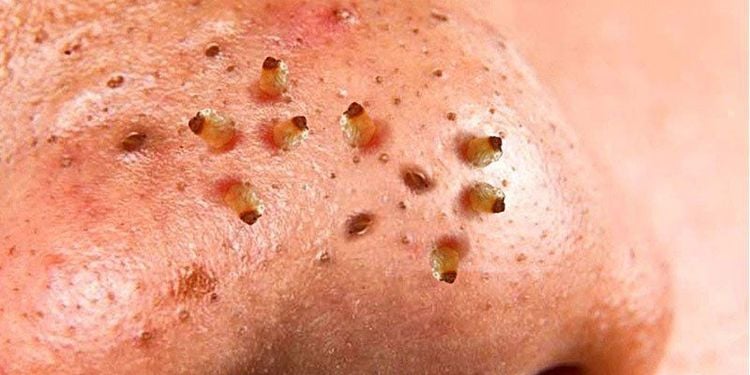
Cách nặn mụn lâu năm cần được thực hiện theo đúng hướng dẫn
4. Measures for the treatment and prevention of acne
4.1 Treating Acne Squeezing isn't the only way to reduce acne. You can apply the following acne treatments:
Use products containing salicylic acid or benzoyl peroxide daily to clear breakouts and unclog pores; Using a cold compress or ice, apply to cysts, pustules and cysts to reduce pain and swelling; Warm compress to wash away dirt and bacteria on the skin, helping to improve the self-healing rate of clogged pores; Use natural substances such as diluted alcohol or tea tree oil to dry and clear pores caused by sebum. 4.2 Acne Prevention There are many methods you should apply to prevent acne. They are:
Adhere to a proper acne treatment regimen; Let the skin heal itself if possible; Use a mild cleanser to wash your face twice a day; After exercise should clean the body and face skin with antibacterial soap; Do not touch your face with your hands, especially when you just touch the surface of a desk, study table, bus handle,...; Women should talk to their doctor about using birth control pills because some people use this medication to help control acne caused by hormonal changes; Use topical retinoids and oral isotretinoin (Accutane) to control and prevent acne.
5. When to see a doctor?
If you have frequent breakouts, have painful cysts, or never clear up, you should see your doctor. In case you have acne scars, which do not decrease despite applying many treatments, you also need to see a doctor for better treatment options.
The doctor can prescribe the patient to use topical treatment products, perform therapies in the clinic, change lifestyle and diet, ... depending on the severity of acne. fish eggs.
Self-squeezing acne is not recommended because this has a high risk of infection, easy to leave scars and makes the skin take a long time to recover. In the case of whiteheads and blackheads, you can squeeze the acne (with a sparse frequency) according to the correct technique.
Please dial HOTLINE for more information or register for an appointment HERE. Download MyVinmec app to make appointments faster and to manage your bookings easily.
Reference sources: healthline.com, medicalnewstoday.com



